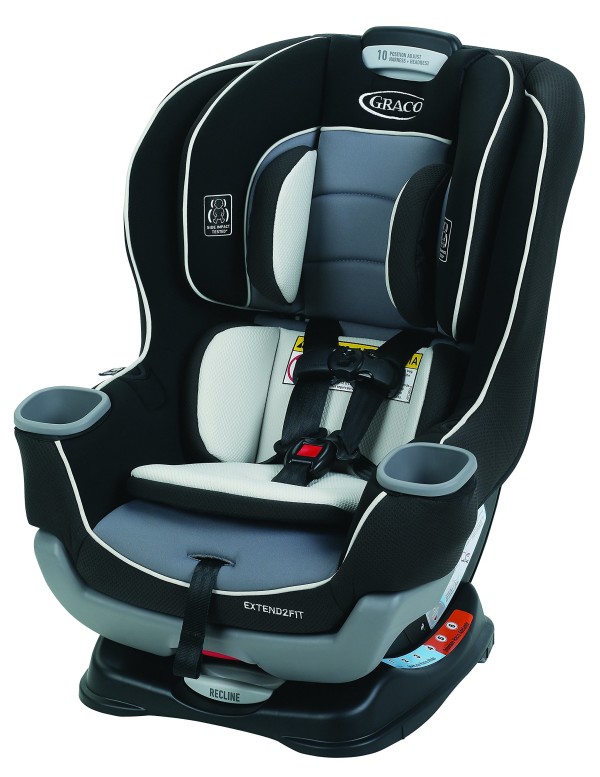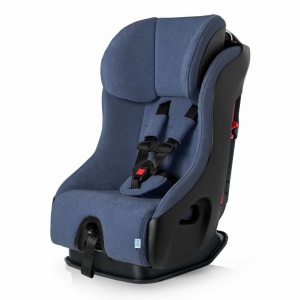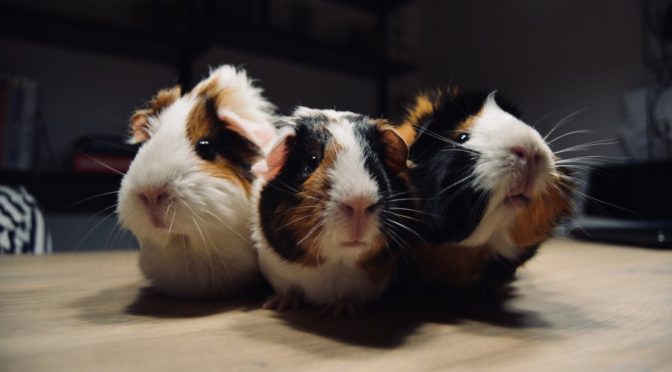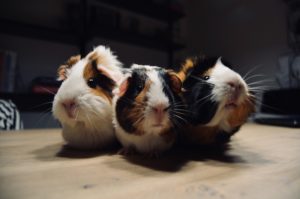The Subaru Ascent is the newest, largest, and highest capacity member of the Subaru family in the United States. Designed to be a family friendly, all-in-one vehicle, it serves as the larger counterpart to the best -selling Outback and Forester as well as a replacement to the not-so-popular Tribeca. Like many mid-sized crossovers, the Ascent competes with a range of 3-row non-luxury SUVs, including the Volkswagen Atlas, Nissan Armada, Chevrolet Tahoe, Dodge Durango, GMC Yukon, Toyota Sequoia, Buick Enclave, Chevrolet Traverse, GMC Acadia, Ford Expedition, Nissan Pathfinder, Ford Explorer, Chevrolet Suburban, Toyota Highlander, Mazda CX-9, and Honda Pilot. Unlike most of these vehicles, it’s also made locally as well (in Lafayette, Indiana). But how does it do when it comes to fitting kids and car seats in the 2nd and 3rd rows? I made it my goal to find out. However, as always, before going into which seats fit (an awful lot of them) and which ones didn’t (very few), let’s review which kinds of seats are best for particular developmental ages and stages for your kids, and why.
In my books, the core of car seat safety involves rear-facing. It’s the safest position available in every vehicle, statistically speaking, and the benefits of extended rear-facing extend from childhood through adulthood. I typically suggest keeping children rear-facing as long as possible (until 4 or 5 like the Swedes), followed by harnessing until they can safely use booster seats (until at least 5, like the Swedes), and then boostering until the 5 step test is passed (typically between 10, 11, and 12). Beyond that, I suggest keeping kids in the back seat until at least 13, and delaying teen solo driving until 18 if possible. The goal isn’t to move through seats as quickly as possible; it’s to keep kids as safe as possible whenever they’re in motor vehicles.
If you find my list of what I believe to be the most detailed 3 across guide for the Subaru Ascent on the Internet, you can shop through my Amazon link below. I’ll add more seats as I test or confirm them over time.
You can access the complete 3 across guide for every vehicle here and the complete list of recommended seats here. The Canadian car seat guide is here. 3 across car seat images are taken by yours truly or are courtesy of Wikipedia or the NHTSA.
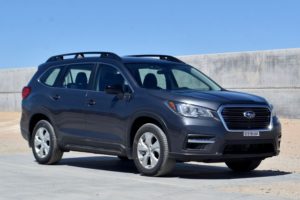 2018, 2019, 2020 Subaru Ascent
2018, 2019, 2020 Subaru Ascent
Guaranteed 3 across installations:
Clek Fllo (x3).
Clek Foonf (x3).
Diono Radian 3RXT (x3).
Diono Radian 3RX (x3).
Clek Oobr (x3).
Diono Radian R100 (x3).
Graco 4Ever Extend2Fit (x3).
Safety 1st Grow and Grow EX Air (x3).
Maxi-Cosi Pria 85 (x3).
Chicco KeyFit 30 (x3).
Graco Size4Me 65 (x3).
Graco Fit4Me 65 (x3).
Graco Contender (x3).
Combi Coccoro (x3).
Chicco KeyFit 30, Diono Radian / RXT, Chicco KeyFit 30.
Tips and Tricks:
The initial generation of the Subaru Ascent is a shade under 197 inches long, 76 inches wide, and just under 72 inches tall. As a result, you’ll be able to fit a good number of seats in the 2nd row but will struggle somewhat with the 3rd row due to the somewhat compact length. If you want to install 3 car seats in the 2nd row, you’ll need to buy either the base trim level Ascent (which comes standard with a 2nd row bench for 8-passenger seating) or mid-level Ascent Premium (and choose the 2nd row bench). As long as you’re willing to use seat belts instead of LATCH, you can expect to fit just about any seat by width; front-to-back room will be limited in the 3rd row bench seats, however, making the 3rd row a better choice for forward-facing and boostered seats.
 If you find my information on best practices in car and car seat safety helpful, you can buy my books here or do your shopping through this Amazon link. Canadians can shop here for Canadian purchases. Have a question or want to discuss best practices? Send me an email at carcrashdetective [at] gmail [dot] com.
If you find my information on best practices in car and car seat safety helpful, you can buy my books here or do your shopping through this Amazon link. Canadians can shop here for Canadian purchases. Have a question or want to discuss best practices? Send me an email at carcrashdetective [at] gmail [dot] com.

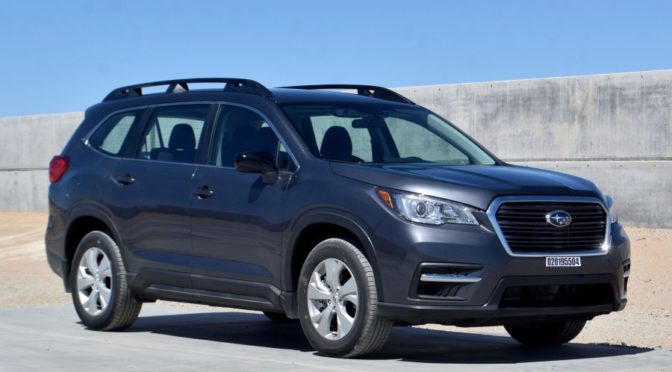
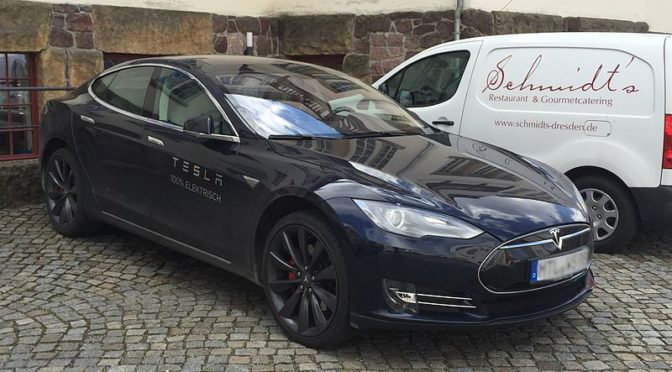
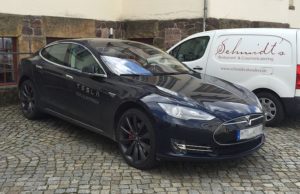 Guaranteed 3 across installations:
Guaranteed 3 across installations: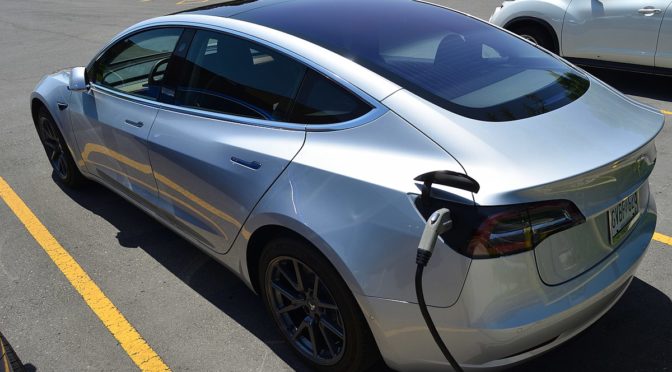
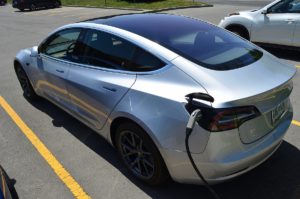 Guaranteed 3 across installations:
Guaranteed 3 across installations:

